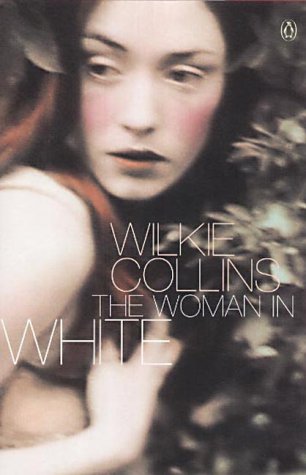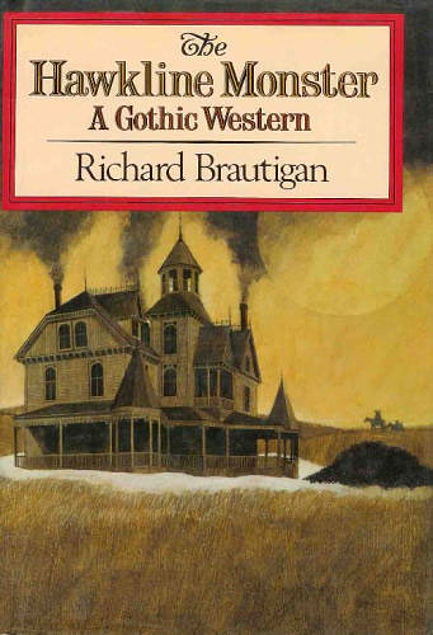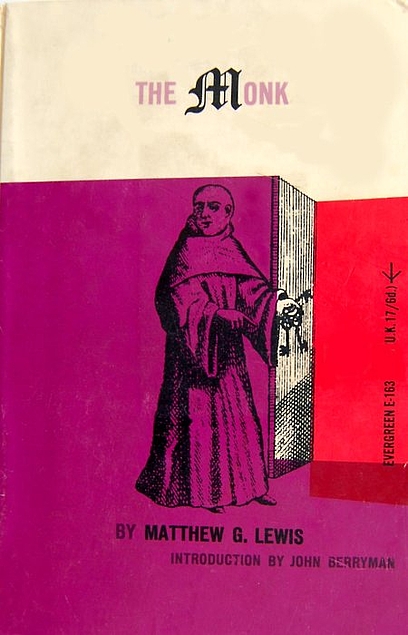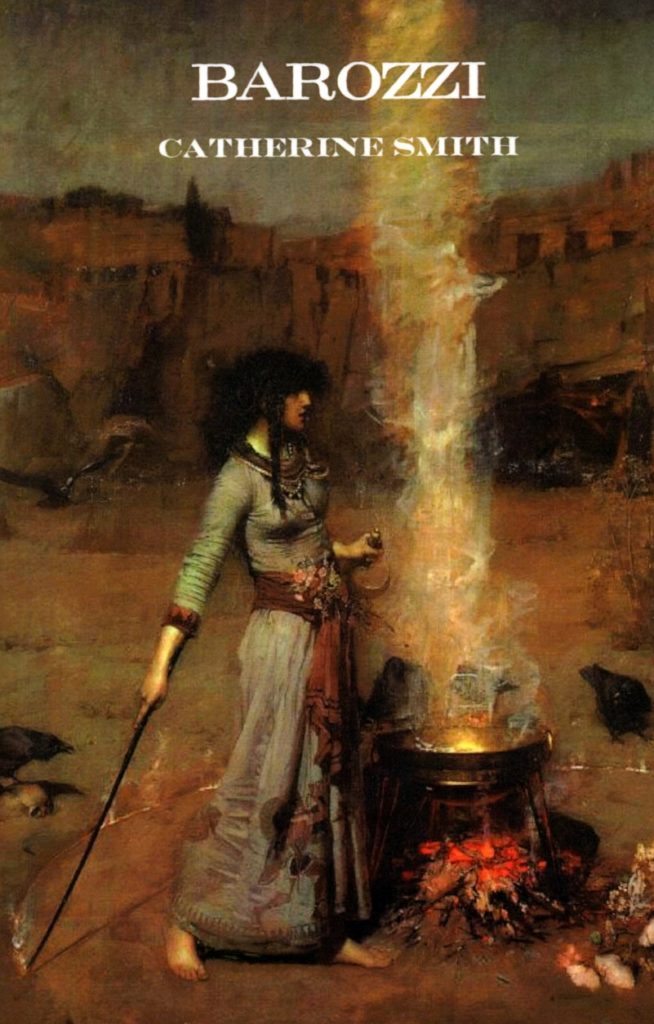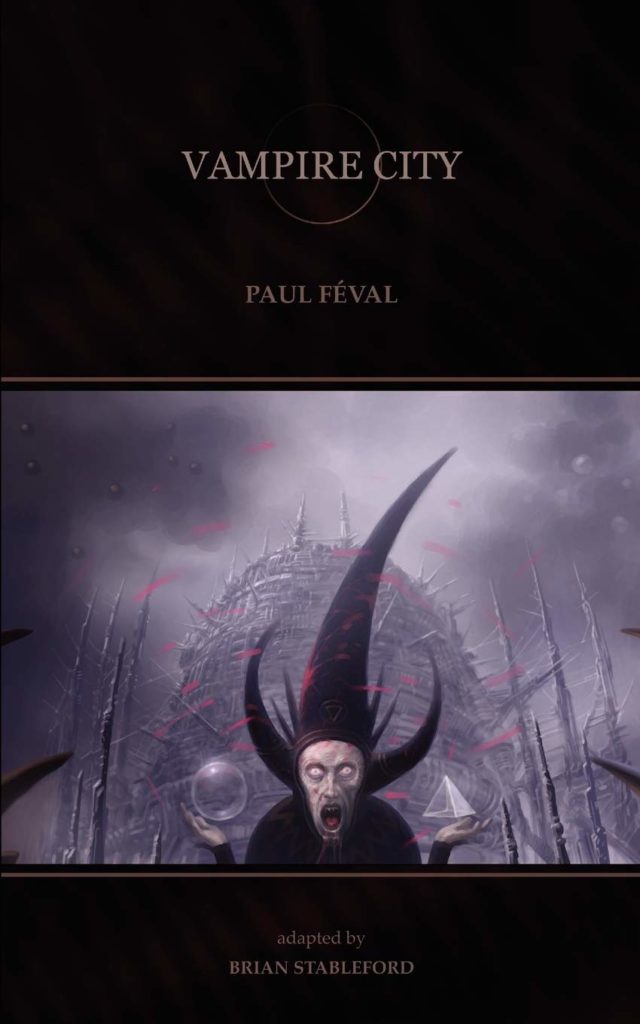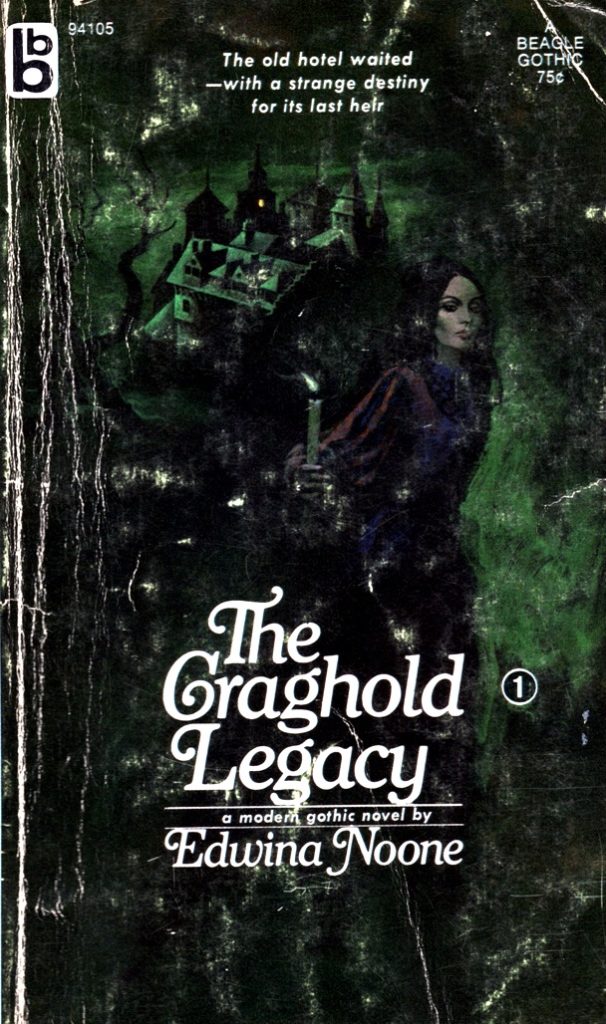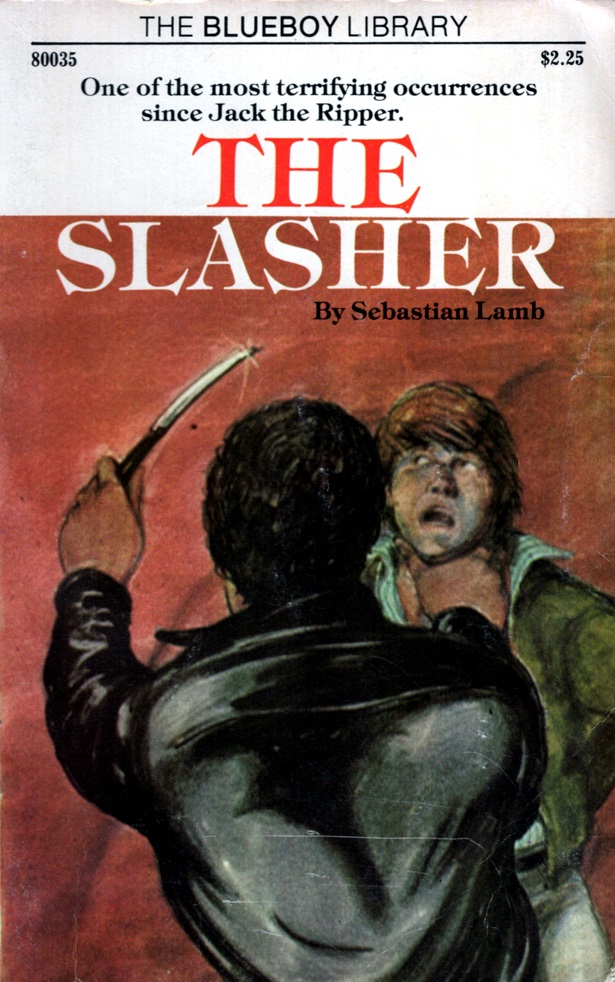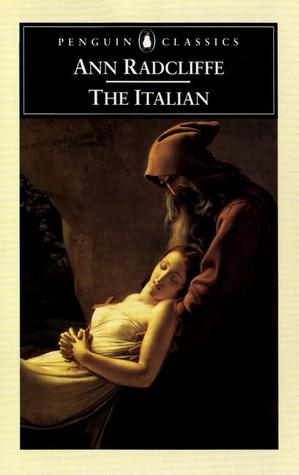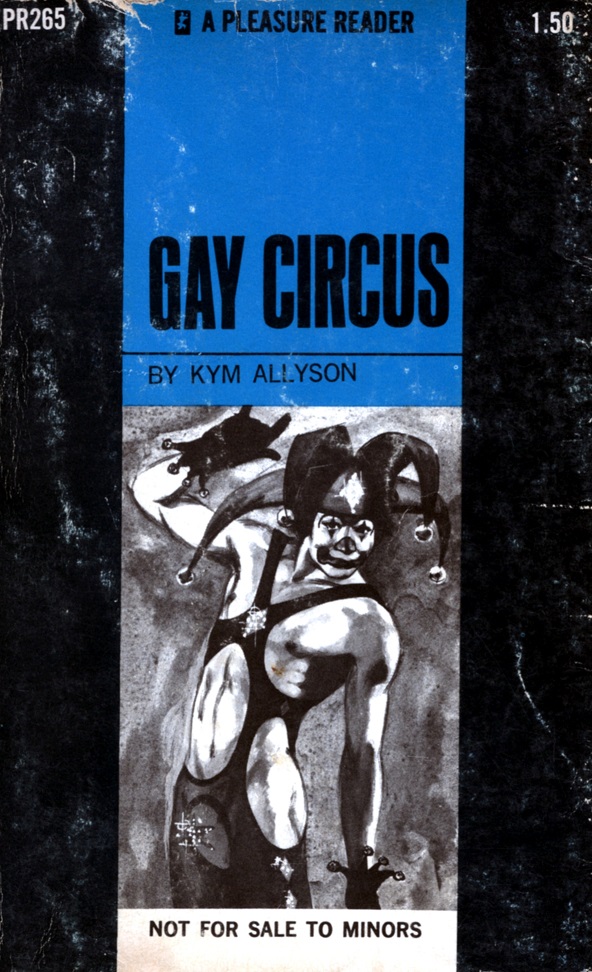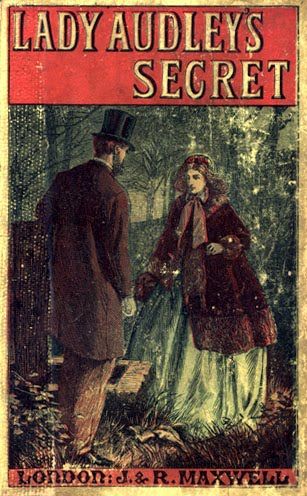
Lady Audley’s Secret is a gorgeous example of the Victorian ‘Sensation Novel’ which dominated Great Britain during the 1860’s and ’70s. It includes a unique female mastermind of evil, while also presenting enough evidence for a lively counter argument over who the real villain is. The prose is top-notch and very modern. At times it reads more like the latest literary prize-winner and not something that was published over a hundred and fifty years ago. There’s plenty of mystery and suspense to keep the pages turning, but intriguing characters are what really keep you glued. It’s a shame this classic no longer enjoys the massive popularity it once carried well into the early 20th century. It holds up extremely well.
Read more “Mary Elizabeth Braddon – Lady Audley’s Secret (1862)”
